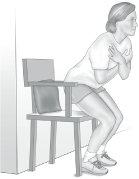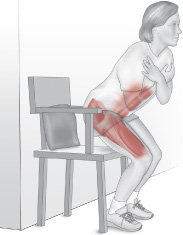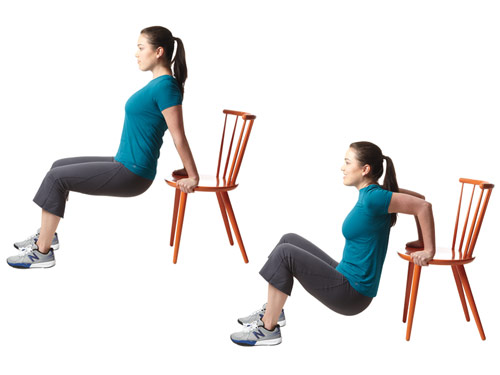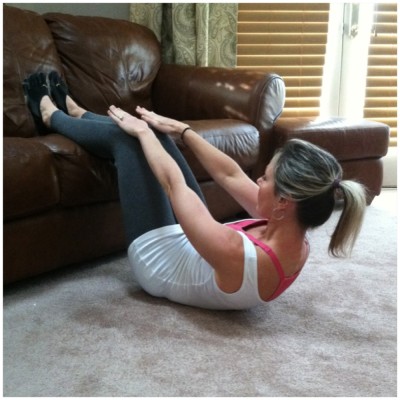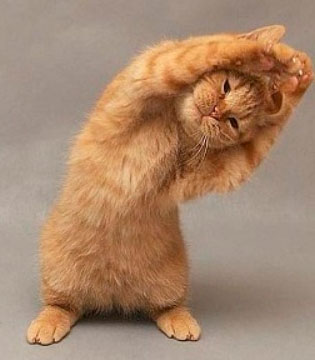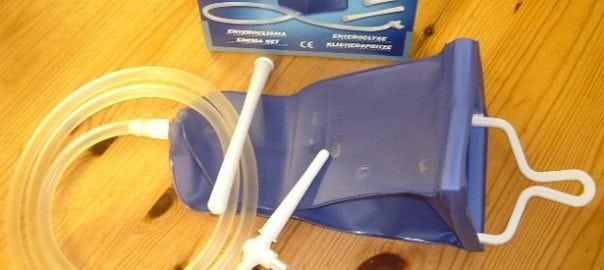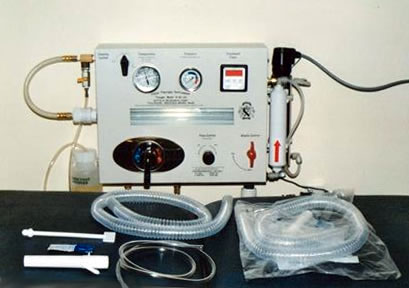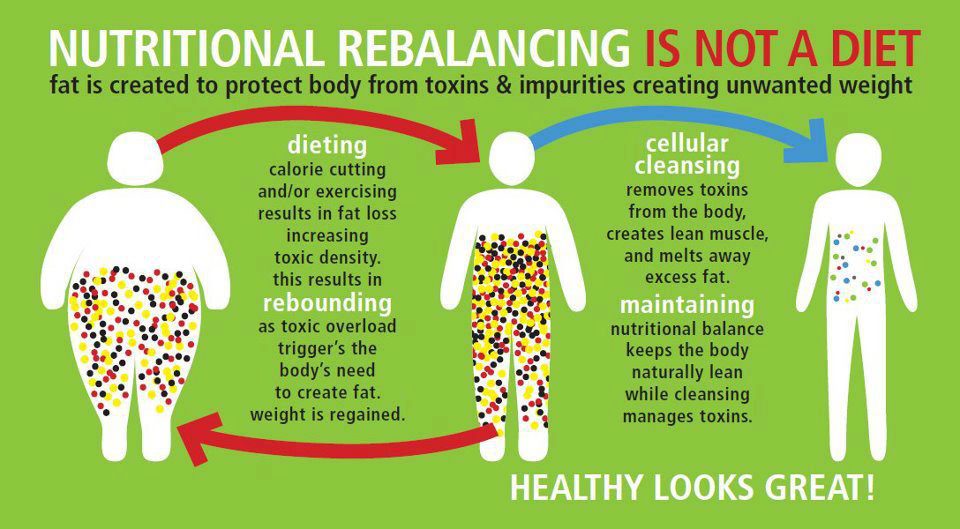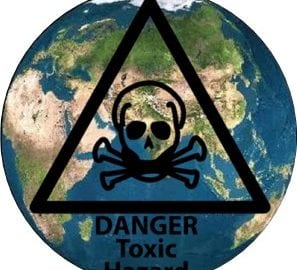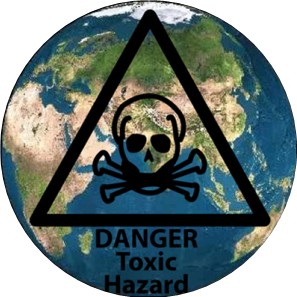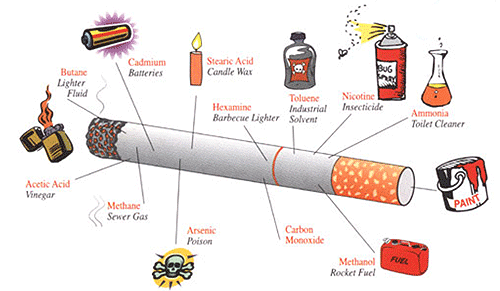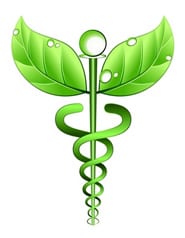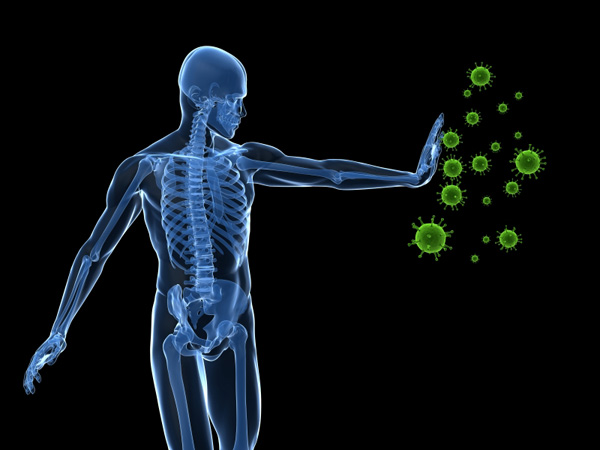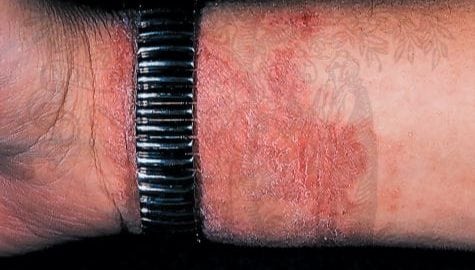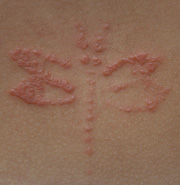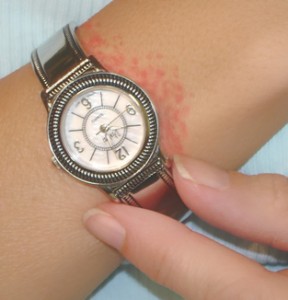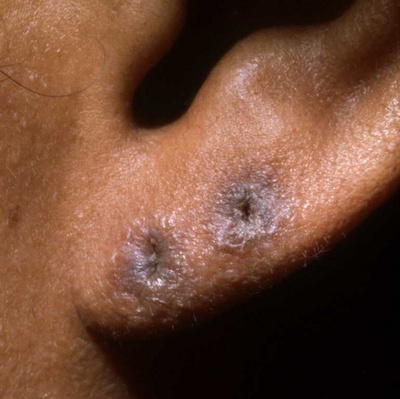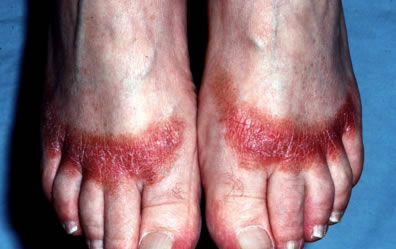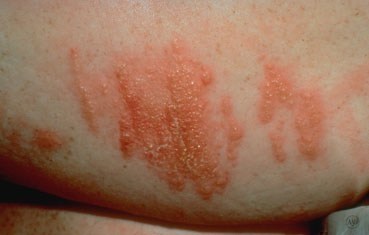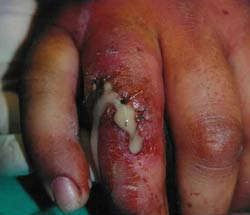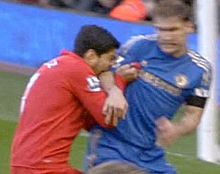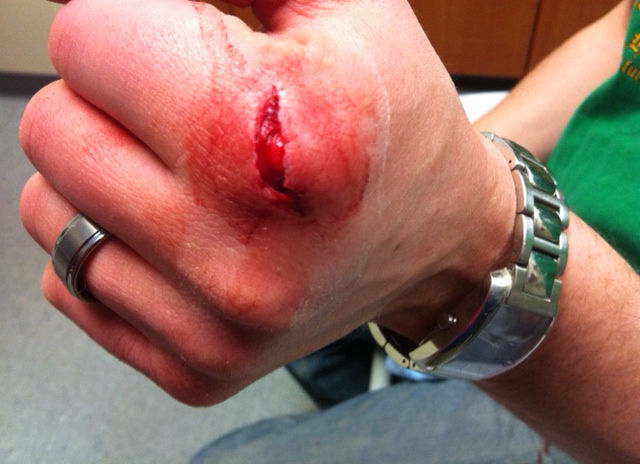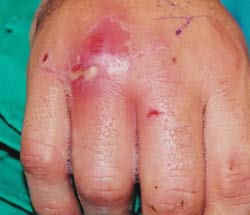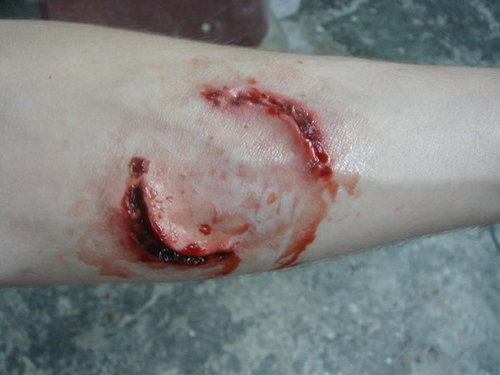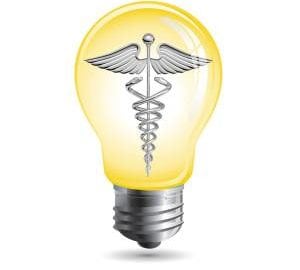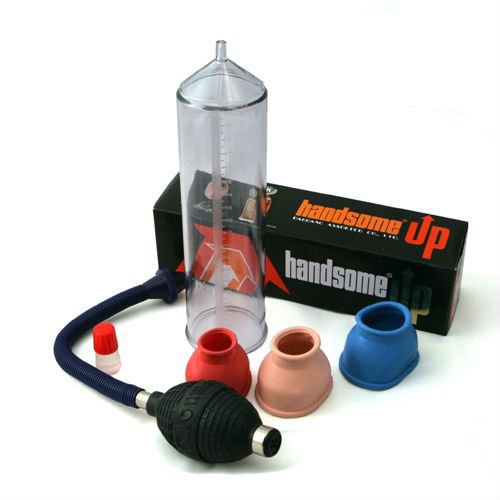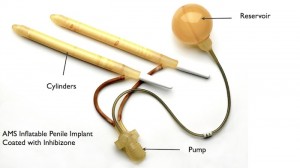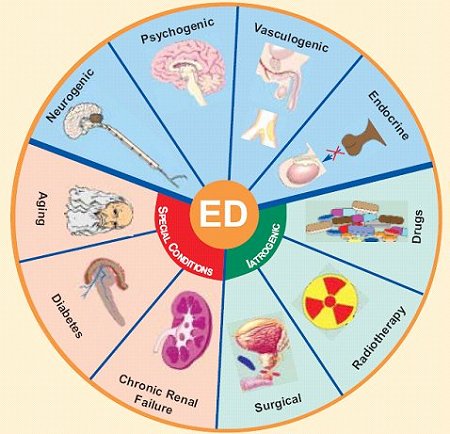
You’re excited. You have a newborn, or maybe you’re a new grandparent caring for the baby for the first time. I get more ‘deer in the headlight’ looks from these folks than perhaps any others. Here’s some Quick Tips for you new parents and family members:
- Your child doesn’t have a fully developed immune system yet and won’t until s/he begins receiving immunizations. This is a major reason why breastfeeding is so heavily recommended. Mothers transfer levels of immunity to the baby through this process. It’s not just about bonding.
- Your baby is spitting up? Welcome to the club! As long as s/he is gaining weight and is comfortable, there’s not much cause for concern. It’s likely a measure of eating too much and/or too quickly. Acid reflux and or gastroesophageal reflux occurs in about ½ of infants. Again, the baby needs time to have its protective mechanisms fully develop. Speaking of breastfeeding, here’s some more food for thought (no pun intended). Kids who aren’t being breastfed tend to spit up more. Expect it.
- I know this is hard and perhaps impractical in many instances, but hold off on multiple family visits for the first month while that immune system is maturing. Exposing them to dozens of relatives is a pretty good way to get a sick baby. Unfortunately, during those first 30 days, babies don’t confine illnesses very well, and even a little cold or ear infection can rapidly spread throughout the body. This could lead to meningitis and someone like me having to perform a lumbar puncture (i.e. spinal tap) on your newborn.
- Colic drives parents crazy! Crying newborns obviously are trying to tell you something, and maybe it’s as simple as wanting to be fed, but here’s an important tip for you: check under the diaper. There are multiple issues that present there. Here are three of them:
- Anal fissure – hard stools can cause a scratch near the anal opening. Fissures are painful, and whenever stool passes by or anything touches that area, it’s going to hurt! There may be blood associated with this as well; perhaps you’ll notice it on the diaper or streaking along the stool.
- Diaper rash – rashes can cause inflammation and infection. They are irritating and painful. New parents must be diligent in getting wet and/or stooled diapers changed with appropriate frequency. After all, wouldn’t you yell if you had to keep that stuff in your undergarments?
- Loose hairs – You’d be surprised how often I see loose hairs wrapped around a newborn or infant’s penis, doing it’s best to choke it off. I’m not joking. If the child isn’t circumcised, be sure to retract the foreskin to check and allow look over the testes. This could be dangerous.
I mean no disrespect when I say this, but call your primary doctor before bringing your colicky newborn to the ER during those first 30 days of life. The main reason I say this is for your further protection. The ER is where a lot of bad microorganisms live, and although we never mind seeing you, we want to coordinate when it’s appropriate for you to have to expose your baby to the environment.
Feel free to ask any questions you may have on this topic.
Order your copy of Dr. Sterling’s new book Behind The Curtain: A Peek at Life from within the ER at jeffreysterlingbooks.com, iTunes, Amazon, Barnes and Nobles and wherever books are sold.
Thanks for liking and following Straight, No Chaser! This public service provides a sample of what http://www.SterlingMedicalAdvice.com (SMA) and 844-SMA-TALK offers. Please share our page with your friends on WordPress, like us on Facebook @ SterlingMedicalAdvice.com and follow us on Twitter at @asksterlingmd.
Copyright © 2016 · Sterling Initiatives, LLC · Powered by WordPress



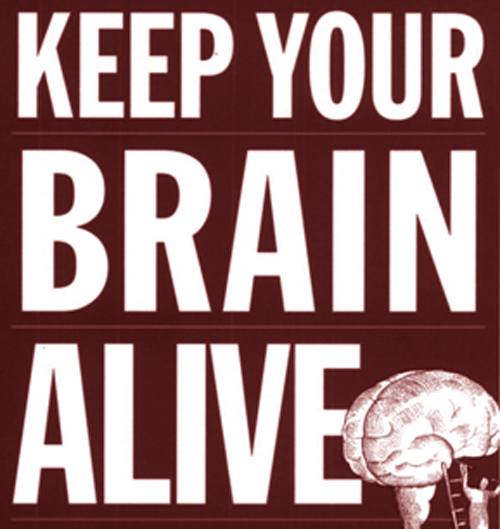


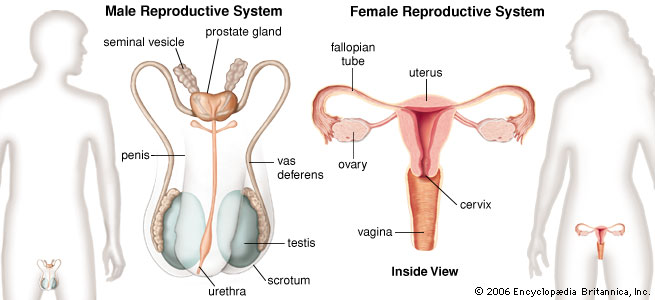
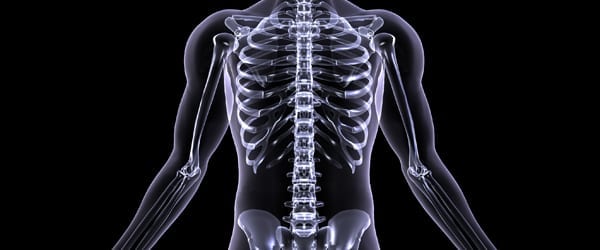
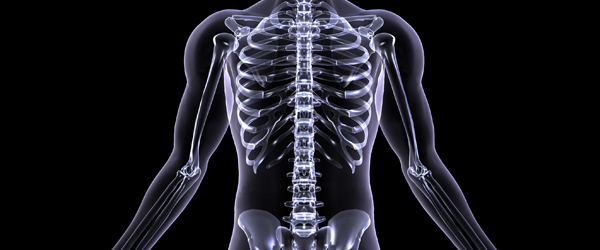
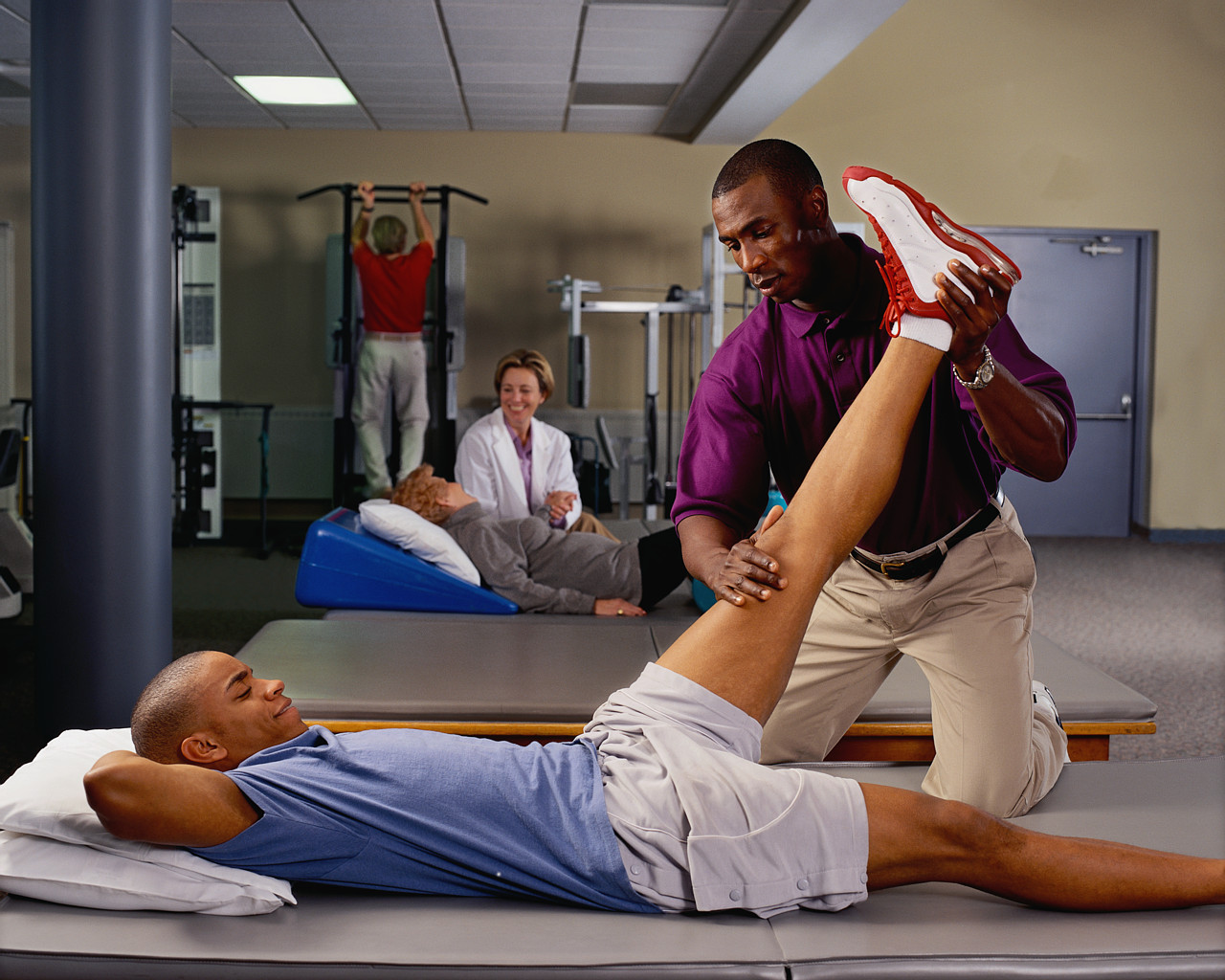


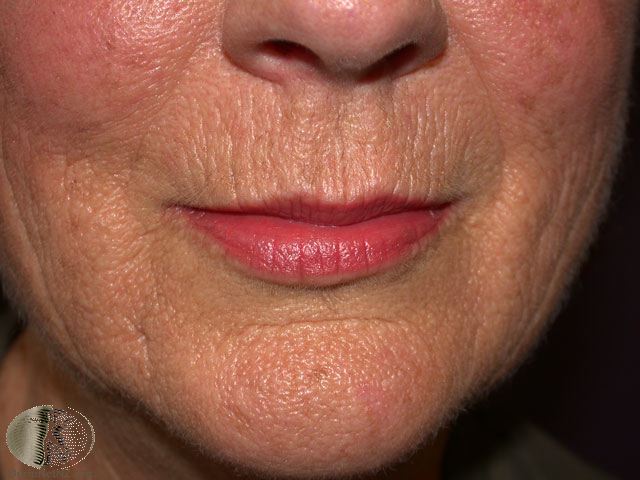
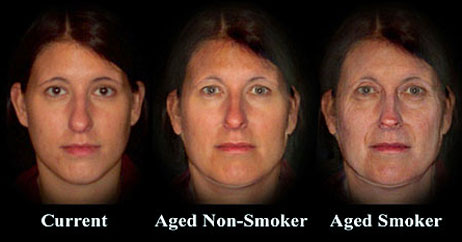








![exercize cat[5]](https://jeffreysterlingmd.com/wp-content/uploads/2014/05/exercize-cat5.jpg?w=300)

